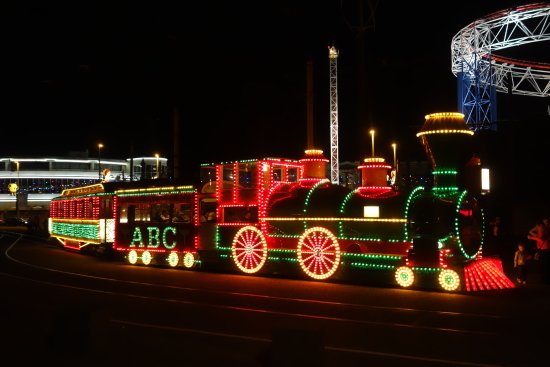Today is November 11th 2018, or Armistice Day as it is called, which is a significant day in Britain. This year it falls on a Sunday, making today also Remembrance Sunday. Not only this, but it also marks 100 years since the End of the First World War.
Armistice Day is commemorated annually in Britain. The Day marks the armistice that was signed in Compiegne, France between the Allies of the First World War. The armistice called for the cessation of hostilities on the Western Front of World War I. The agreement took effect “On the eleventh hour, of the eleventh day, of the eleventh month” of 1918. This agreement was initially set to expire after 36 days. A formal peace agreement was signed the following year/
Why Wear Poppies?
The Royal British legion sells poppies every year, with proceeds being raised for servicemen and women. This is a tradition that the organization has carried out annually since 1921. The idea first came about thanks to American academic Moina Michael. Moina suggested silk, handmade poppies to remember US servicemen who had been killed in the war. It was an idea that was quickly adopted in Britain too.
The inspiration for Michael’s idea was a poem written in 1915 by Lieutenant-Colonel John McCrae. McCrae was a Canadian born doctor who had laid a friend to rest who was killed in battle in Ypres in May of the same year. It was the poet who saw the bright poppy as a symbol of hope on the battlefield amidst the dead and how the poppy was able to continue to thrive although the fields were stained with blood and torn up with tank tracks.
In Flanders Fields
In Flanders fields the poppies blow
Between the crosses, row on row,
That mark our place; and in the sky
The larks, still bravely singing, fly
Scarce heard amid the guns below…
If ye break faith with us who die
We shall not sleep, though poppies grow
In Flanders fields.– Lieutenant-Colonel John McCrae
Wilfred Owen is one of Britain’s best loved war poets and he also recognized the contrast between the beauty of nature’s countryside and the horrors of battle in his poem written in 1918, entitled “Spring Offensive”.
There is a common misconception that the poppy is meant to represent the bloodshed from the war, but in actual fact, it’s intention is as a symbol of hope and beauty.
The Peace Pledge Union has sold White Poppies since 1933. These are worn by some as an expression of pacifism.
Wartime Blackpool
The Stanley Park Aerodrome was located on the site that is now Blackpool Zoo. It was once used by the likes of Amy Johnson who flew smaller aircraft to and from the resort. During the war, it was used as an RAF base and training was carried out for the air force.

Many shows had a patriotic theme during wartimes as this poster shows. This ballet, performed in 1915 at The Tower was dedicated to the country and the troops fighting in the war.

The Tower was an obvious choice for antennas during the second world war and Blackpool became a hub for communications. It was used by the RAF as a radar station and was known as RAF Tower during the war.

A Wellington Bomber takes to the skies in Blackpool. Whilst this may seem a surreal scene today. it was fairly standard during war time. You can read more about Blackpool airport’s past in our article about the Hangar 42 hauntings, but Squires Gate was once the training school for some 12,000 RAF personnel.

Whether you’re attending a memorial service today, going about your daily life or staying indoors, just take a moment to look at that dreary gloomy weather out there and remember how so many lost their lives in battle fighting in conditions worse than the weather today.







